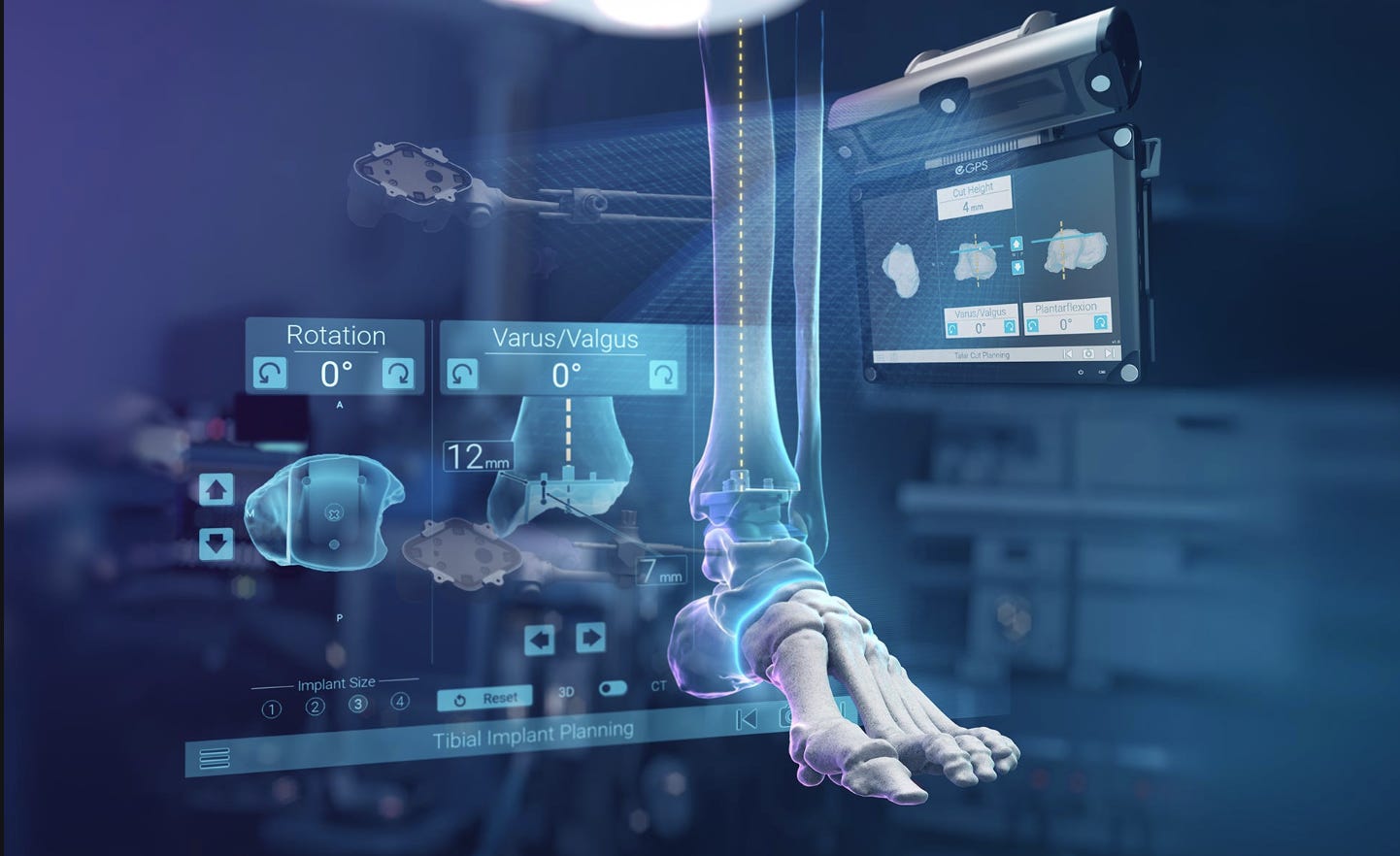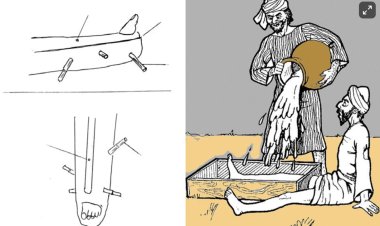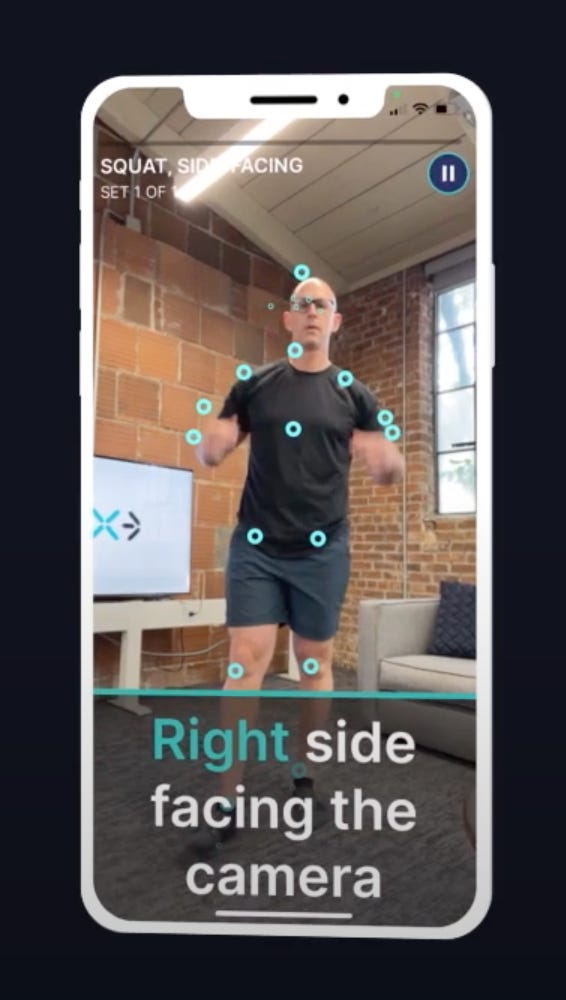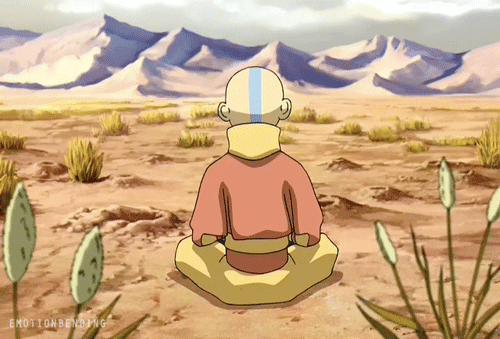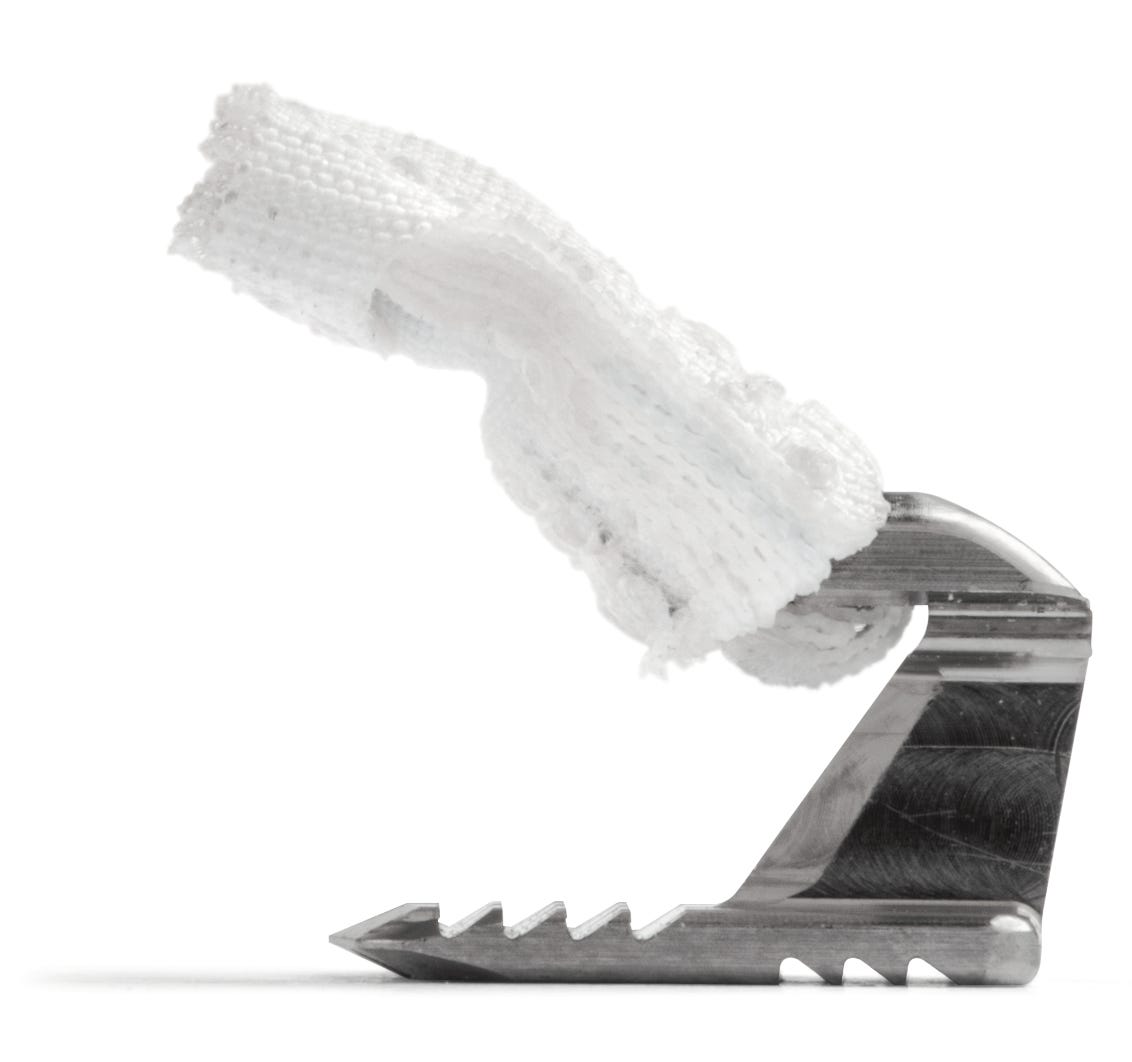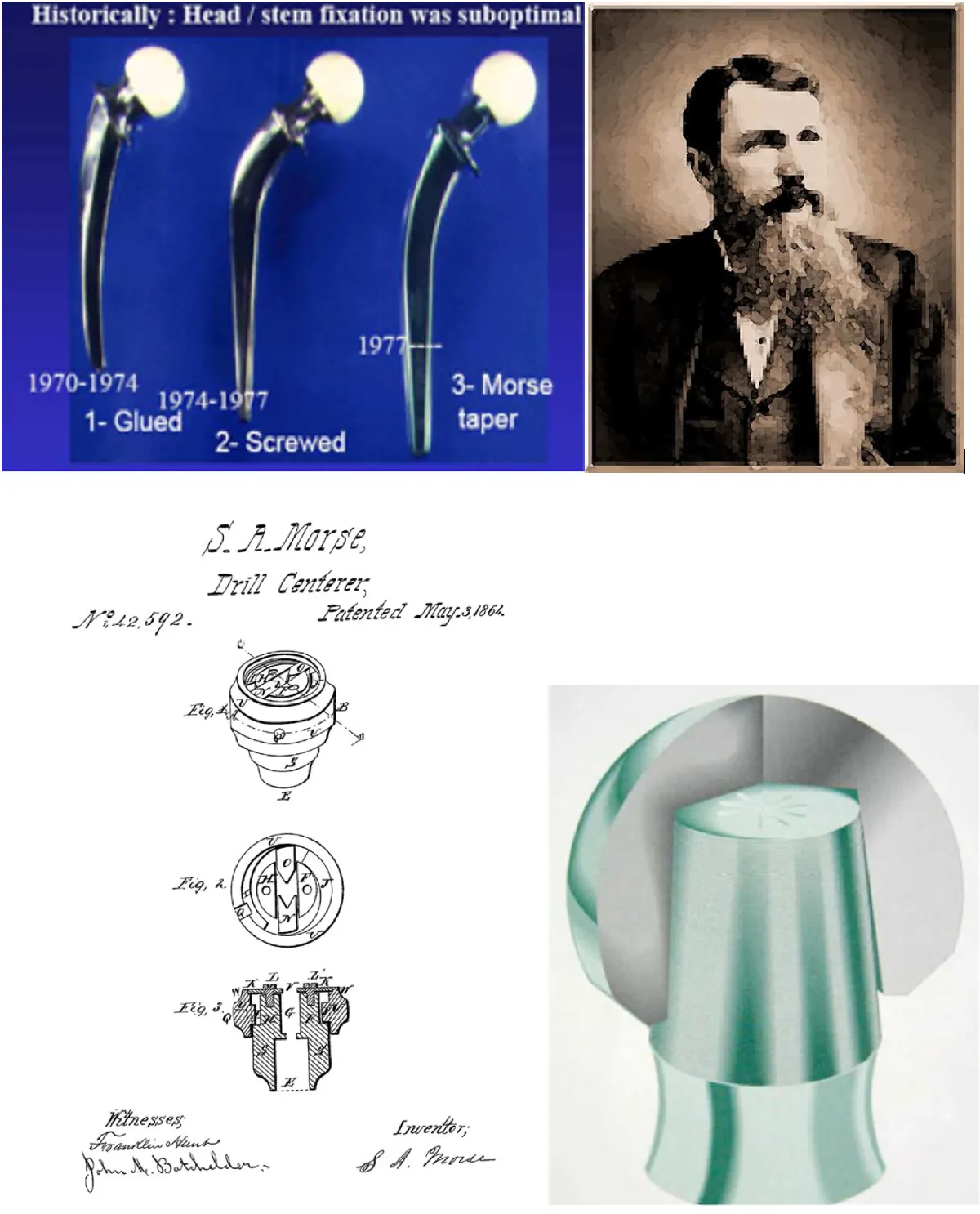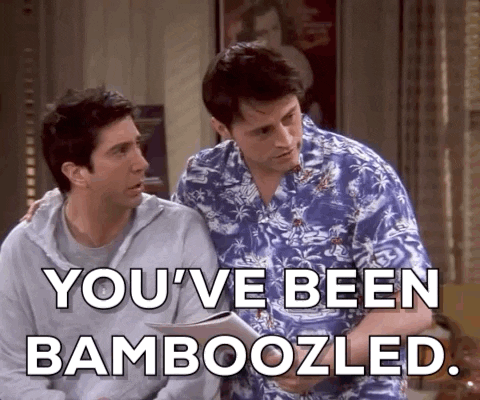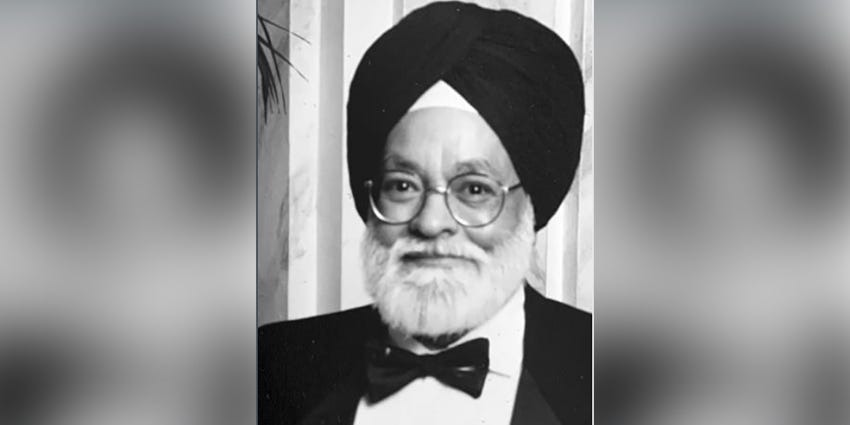A shout-out for the forgotten art
Conservative Orthopaedics!
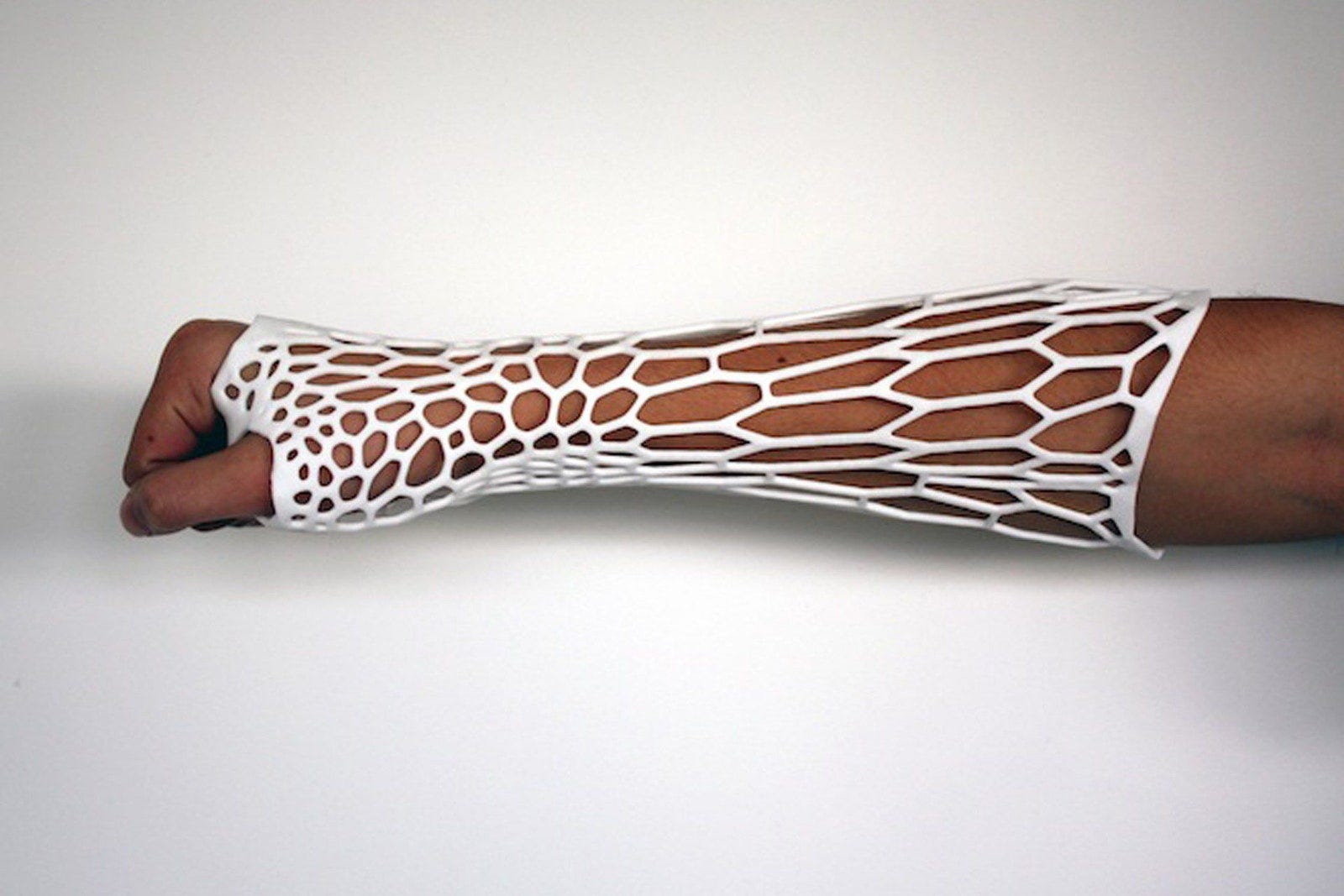
Gone are the days of itchy and messy casts?
Remember the dystopian-looking 3D-printed orthopaedic casts?
spoiler alert, we’re not there yet due to practical limitations but inching closer. 3D printing has found its niche in many areas, but now it’s knocking on the orthotics doors. Say hello to Air Jordan’s Orthotic cousin “Mynext MAFO” a dynamic AFO designed by none other than Ottobock. It is based on ‘Additive manufacturing’ alongside EOS, the industrial 3D printing service.

The real protagonist here is EOS P 396 the IIOT compatible 3D printer.

3D printed braces offer many advantages compared with the traditional braces as they are individualized, reproducible, exceptionally comfortable, and easy to standardize. The ability to customize allows incorporating complex structures like multiple functions in a single brace. They are comfortable while looking good encouraging children and young adults to wear longer and thus improve compliance.
They are also 35% faster to make. A survey suggests 3D printed braces provide 89% satisfaction compared to 60% for traditional braces in rehab. The overall comfort level of the traditional brace survey is about 50%, while that of the 3D rehabilitation brace is more than 70%. As we home the technology, the costs are gonna come down. We foresee a new future where these wonder casts will replace the internal and external fixators embracing a more biological way of treating many orthopedic conditions.
To the man who stood against the wave
“Realize that the education of the orthopedist, currently to a high degree in the hands of the pharmaceutical and surgical implant industry, must be balanced, while ensuring its control by the medical discipline.”
-Word of caution and advice from Dr Augusto Sarmiento, One of Modern day Greats in Orthopaedics.

Born in 1927, Sarmiento after medical school, underwent Orthopaedic training at Columbia Hospital, South Carolina, Orange Memorial Hospital, Orlando, Florida and The University of Miami, Jackson Memorial Hospital Miami, Florida. Mentored by legends like Austin Moore and Sir John Charnley, he had an Orthopaedic carrier decorated with awards and accolades. He was one of the first surgeons in the United States to perform Hip replacement. Dr Sarmiento became the first Columbian to be elected as the President of AAOS. He also served as the President of the Hip society. The life of Dr Sarmiento is an inspiration to every orthopod. His life was painted with intelligence, boldness, clarity, and genuineness.
He was not afraid of being against the wave. When sub-specialities of orthopaedics were flourishing and in times where surgery was being accepted as the way of orthopaedics, Sarmiento advocated and taught the art of conservative treatment. He advised young minds to embrace Orthopaedics as a whole.
The Sarmiento Brace for humerus and functional cast brace for tibia are a few of his, exceptionally useful contributions. He authored more than three hundred papers and around twenty books most of which are considered Classics in Orthopaedics. Closed Functional treatment of fractures, Barebones: A surgeon’s tale and Orthopaedics: Seeking a balance are some of his popular books. His books till date, remain as one of the most reliable and reproducible sources of education in the forgotten field of Orthopaedics – the conservative management of fractures.
Practice Pearl
Extension casting? Really cool! Aren’t they?
One of the many of his unconventional but cool treatment methods is the extension casting for humerus shaft fractures. He claims it to give a more anatomical reduction with triceps acting as a posterior splint in extension. Check the video below. Do wait till the research is published. We couldn't however!
Conserve them! - Degenerative Cervical Myelopathy?
Though most of the cases of cervical myelopathy land up in the table for reasons such as incremental pain, evolving neurological deficit, and so on, Rhee et al. in their updated systematic review found that non-operative treatment results in similar outcomes compared to surgical management in patients with
So, guys, try to extend your conservative trial with confidence in these cases.

6 weeks it is! - even when there’s no improvement
Most of us treat cervical/lumbar radiculopathy conservatively and take the threshold of the patient to bear the pain despite the drugs as the cut-off for surgical decisions. Do we have a cut-off to wait before surgery?
Alentado et al. in their review noted 88% of patients with cervical radiculopathy and 70% of patients with lumbar radiculopathy showed improvement within 4 weeks following the onset of symptoms. Hence the optimal timing for surgery following cervical/lumbar radiculopathy is between 4 and 8 weeks.
So, the 6 weeks dictum holds good here too.
Check these cool events that line up
-
Shoulder lovers: Paris International Shoulder Course
-
ESSKA 2022 ????
-
Virtual Orthopaedic Training - V-TOTs from BOA
The answer to the last issue Query is here
Which among the three is the most chondrogenic autologous adult source of mesenchymal stem cells for utility in the regenerative procedure for Osteoarthritis Knee?
-
Bone-marrow
-
Fat
-
Peripheral blood
Well, the wait is over, Bone Marrow it is, while adipose is not too far behind too.
What is the critical cut-off cast index that predicts failure of conservative management of pediatric forearm fractures?
To know the answer,
Wait for our next issue on the first Sunday of December ????????
Have a non-stop November guys!









